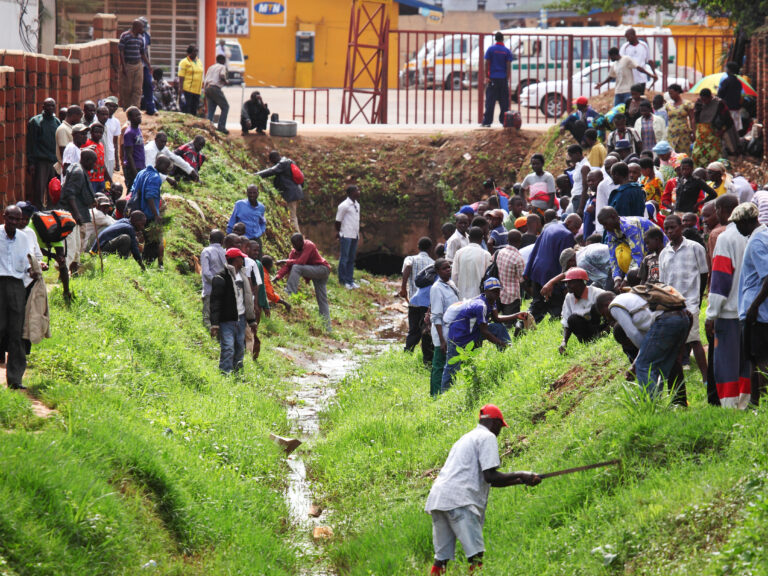Introduction to Rwandan Cuisine
Rwandan cuisine is characterized by a variety of dishes that reflect the country’s diverse cultural heritage. The dishes feature a variety of ingredients such as plantains, beans, cassava, sweet potatoes, and a variety of meats. Rwandan cuisine is relatively simple, and the flavors are usually mild, with an emphasis on freshness and nutrition.
The Influence of Colonialism on Rwandan Agriculture
The colonial era in Rwanda had a significant impact on the country’s agriculture and cuisine. During this period, the Europeans introduced new crops such as coffee, tea, and maize, which became major cash crops. The introduction of these crops led to a shift from traditional subsistence farming to commercial agriculture. This shift had a significant impact on the country’s dietary habits, as the new crops became more popular than traditional foods.
Traditional Rwandan Agricultural Practices
Before the colonial era, Rwandans practiced traditional agriculture, which was primarily subsistence-oriented. The country’s rich soil and favorable climate allowed the people to grow a variety of crops, including sorghum, millet, and beans. Traditional agricultural practices emphasized crop rotation, which helped to maintain soil fertility. The use of traditional irrigation systems, such as the terracing of hillsides, also helped to conserve water and improve crop yields.
The Role of Staple Foods in Rwandan Cuisine
Staple foods such as cassava, plantains, and beans play an essential role in Rwandan cuisine. These foods are high in nutrition and are a significant source of protein for the population. Rwandans also use a variety of spices and herbs to add flavor to their dishes. Popular spices include ginger, garlic, and cumin, while herbs such as coriander and parsley are also used extensively.
The Impact of Genocide on Rwandan Cuisine
The genocide of 1994 had a profound impact on Rwandan cuisine. Many traditional recipes were lost, and the country’s agricultural system was severely disrupted. However, the resilience of the Rwandan people ensured that the cuisine survived, albeit with some modifications. The post-genocide era saw the introduction of new cooking techniques and ingredients, as well as the revitalization of traditional recipes.
The Future of Rwandan Cuisine: Balancing Tradition and Modernization
As Rwanda continues to modernize, there is a need to balance tradition with innovation. While modern agriculture techniques and processed foods may offer some benefits, there is a danger of losing traditional knowledge and practices. The government has initiated several programs to promote traditional agriculture and cuisine while also encouraging innovation. The future of Rwandan cuisine lies in finding a balance between the two, with an emphasis on sustainability and nutrition.

